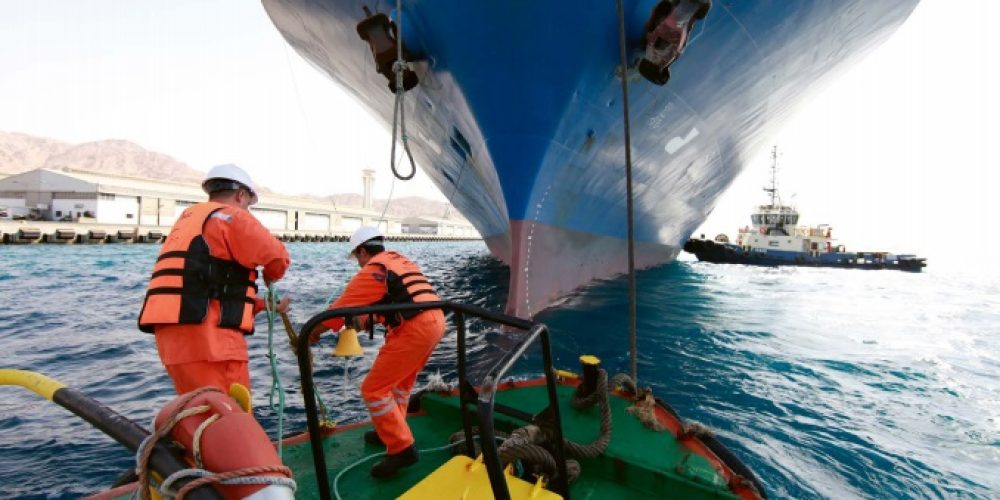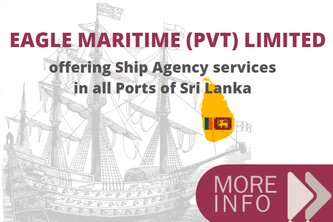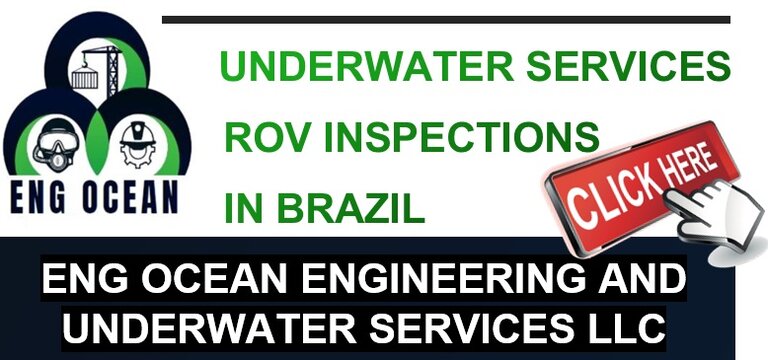If your Company supplies or provides an innovative product or services you can tell the shipping community about. Or if you have a Case Study you can share with the industry professionals and your potential clients here. Just send the information to info @ seavendors.com with title ARTICLE. Any questions? Contact us.
Any job on board ship requires strict adherence to all the safety requirements implemented, alike on other dangerous production. One of the most important duty of the crew on board is to follow the safety rules and correctly use of Personal Protective Equipment (PPE).
For example, entrance into crude oil tanks on tanker vessels is allowed after crew member or any visitor is equipped with the required PPE. It involves safety protection suit, safety googles, safety protective footwear, safety helmet, multi gas detector, explosion-proof torch, safety radio.
Resposible officers on board ship must be familiar with the Company’s safety requirements and provide all crew members and visitors with the required PPE. The Ship Owner’s responsibility is to supply ship with all necessary PPE in accordance with international and local rules and regulations.
This article by Danish Maritime Authority gives general overview of PPE on board ship.
The Use of Personal Protective Equipment on Board Ships
Personal protective equipment is a common name for respiratory protection, eye protection, gloves, special working clothes (e.g. protective clothing, thermal suits, and waterproof clothes), ear protectors, different forms of safety shoes or rubber boots (protection footwear), safety helmets, protection against falls etc.
You must use personal protective equipment in order to protect yourself from a risk that may threaten your safety or health when working.
In this folder you may read about what personal protective equipment is, when to use it, how to use it, what demands to make on it, and whose responsibility it is to make it available to you.
This folder does not in detail go through all the different forms of protective equipment that exist. For further details you must contact the Danish Maritime Occupational Health Service or the Danish Fishermen’s Occupational Health Service. This folder only tells about the requirements that apply generally to the use of personal protective equipment. It is important to know these requirements and be attentive to them.
The use of personal protective equipment applies to fishing vessels, cargo ships, and passenger ships.
When Do You Use the Personal Protective Equipment?
It is important to point out that the use of personal protective equipment is your last way out when solving problems with the working environment.
In information from the Danish Maritime Authority, chapter VII regarding personal protective equipment, it is stated that:
If the work on board cannot at all stages be performed and organized so as to ensure safe and healthy working conditions, it shall be ensured that the work can only be performed if personal protective equipment is used.
Consequently, you have to solve the problems in other ways, e.g. by:
- establishing local exhaustion when working with harmful substances and materials on permanent workplaces and
- taking technical steps to reduce the noise.
Only if this is not possible, personal protective equipment must be used to protect against a possible risk at work.
A Risk Assessment of the Workplace Helps Finding the Risk
A risk assessment of the work must always be carried out in order to ascertain if your safety or health is at stake – and how this risk may be removed in the best possible way.
The risk assessment of the workplace must be in writing, if the working process is considered as particularly dangerous or unhealthy. The owner or the master/skipper must carry out the risk assessment of the workplace together with the employees. If the ship has a safety organization, it shall participate in the work of assessing the risk of the workplace.
Your Duties and those of the Owner
The owner must place at your disposal the personal protective equipment and see to it that you are instructed in the proper use of it. The owner must pay the expenses in connection with the purchase, maintenance, and cleaning.
It is your duty to use the personal protective equipment you have received, from the moment you start working and for as long as you work. At the same time you must assist in making the equipment work according to the purpose. If you find defects you must report it to your supervisor, the master/skipper, or the owner.
Design, Maintenance, Storage, and Signs
Personal protective equipment must, of course, protect you against unwanted exposures. Furthermore, it must be designed to fit you and the work you are performing.
To fulfil these requirements it is necessary that you know the work and know what you are protecting yourself against – and you must know the limitations of the protective equipment.
Maintenance, storage, cleaning, and testing must be according to the specifications of the manufacturer.
Signs must be placed where it is necessary to use personal protective equipment on board the ship telling you what kind – and possibly what type – of protective equipment to use.
CE- Labelling
Personal protective equipment must be CE-labelled to be legal.
Personal protective equipment bought abroad outside the European Union – and therefore not CE-labelled – must have an equivalent standard.
But it is also legal to use personal protective equipment without CE-labelling if it was marketed before 1. July 1995 and approved by DVN (The Danish Institute for Informative Labelling).
Time Limitations at Use
The use of personal protective equipment may involve physical or mental strain or inconvenience when used during a long period. Therefore, your work must be planned in such a way that this is taken into consideration.
This is particularly true when applying respiratory protection.
Filtering devices must not be used for more than 3 hours in a workday. If the work lasts more that 3 hours, a power assisted filtering device or a breathing apparatus must be used already before starting to work.
Power assisted filtering devices and breathing apparatus must not be used for more than 6 hours in a workday.
If the work is particularly demanding, breaks must be taken. The breaks must have a length and a frequency that take into consideration your workload and your inconveniences.
Source: Danish Maritime Authority
Photo: Safety4Sea




